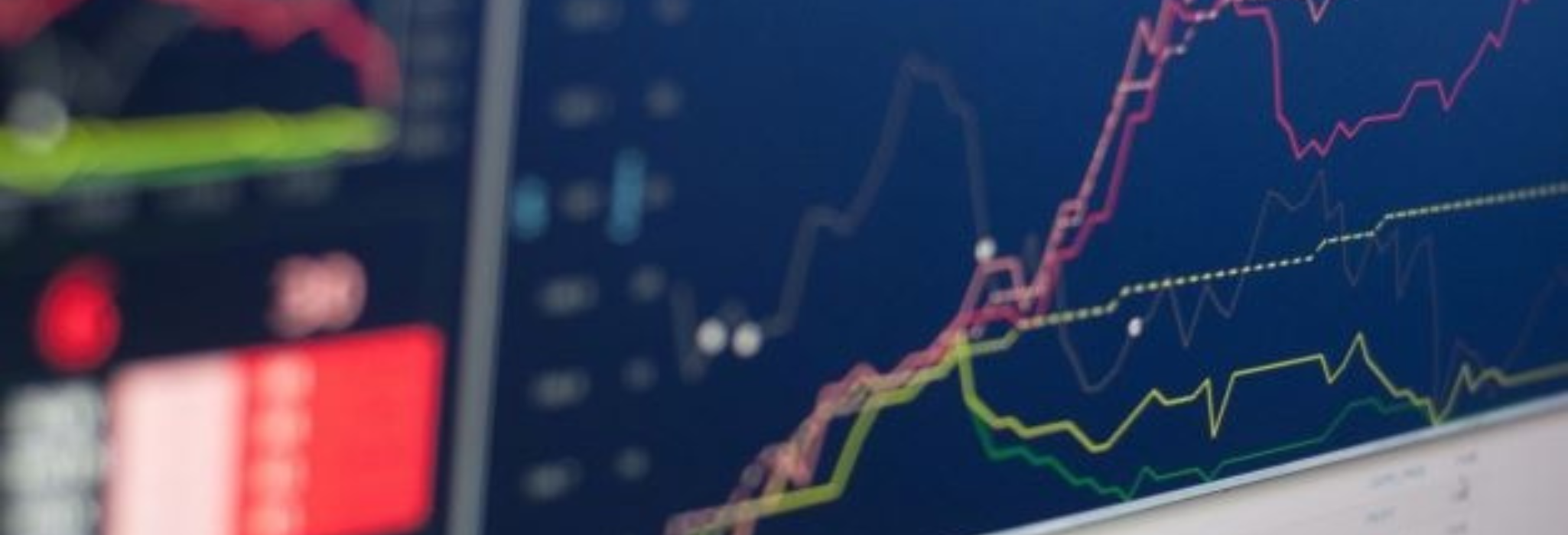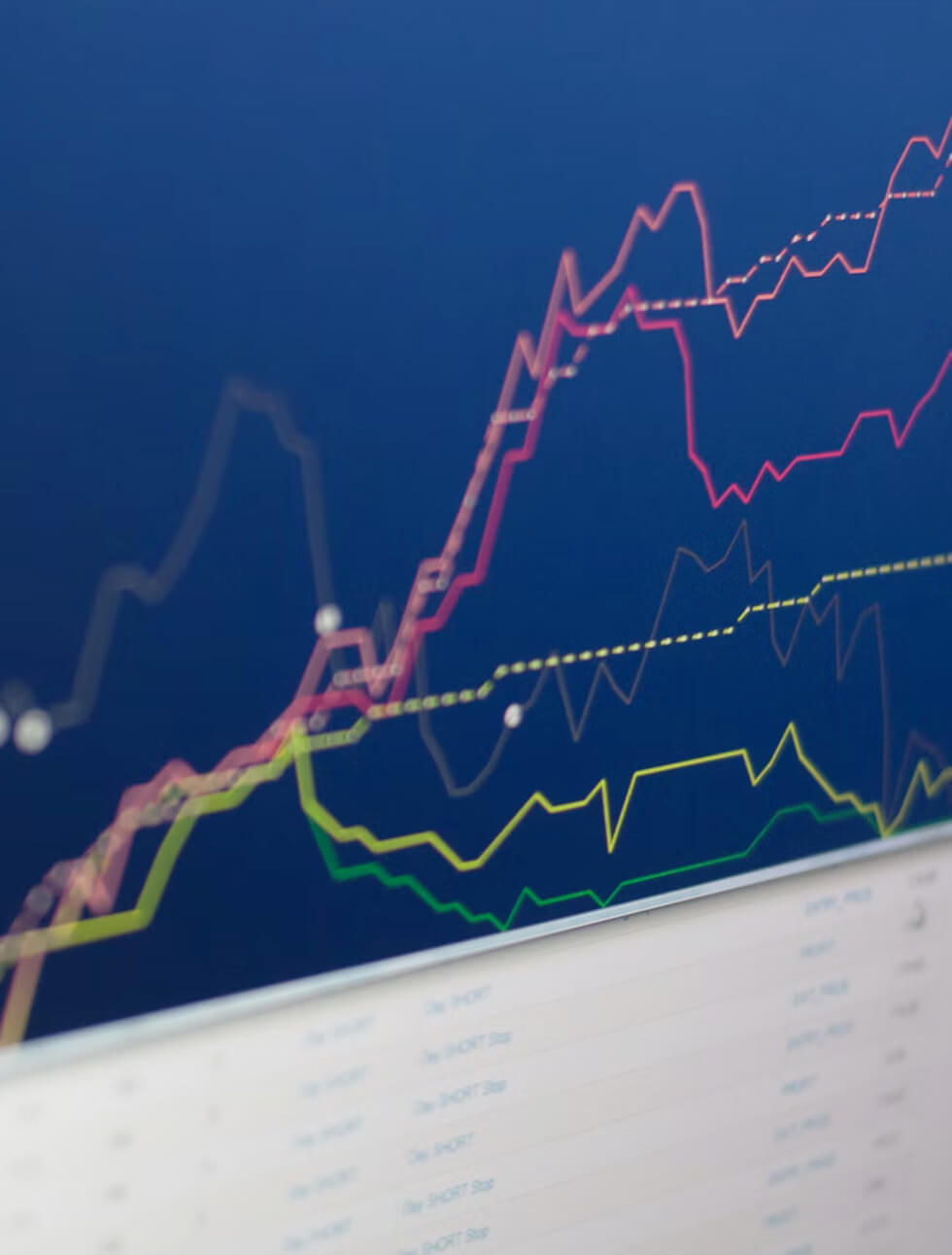The Federal Reserve took decisive action by approving a much-anticipated quarter percentage point increase in interest rates, marking the highest level in over 22 years. As a result, the fed funds rate now stands in a target range of 5.25%-5.5%. Chair Jerome Powell emphasized that the central bank will base its decisions on incoming data, assessing each situation on a “meeting-by-meeting” basis.
During a news conference, Chairman Jerome Powell acknowledged that inflation has somewhat moderated since the previous year but stated that reaching the Fed’s 2% target still has a long way to go. Despite this, Powell left room for potential stability in rates at the Fed’s next meeting in September, suggesting a cautious approach to future decisions.
The Fed’s rate hike, the most aggressive since the early 1980s, reflects the central bank’s efforts to combat rising inflation and support the economy’s growth. The move came just ahead of central bank meetings in Europe and Japan.
Across the Atlantic, the Bank of England is also poised to raise its key rate in response to the UK’s soaring inflation rate of 7.9%.
Amidst these interest rate hikes, the US economy delivered strong performance in the second quarter. The gross domestic product (GDP) saw a notable increase of 2.4% at an annualized rate, surpassing the 2.0% pace observed in the previous quarter. As a result, the US Dollar surged on the back of positive macroeconomic data releases, breaking above the 101.00 mark on the US Dollar Index.
The euro faced a decline against the dollar, fueled by better-than-expected US economic data, which defied investors’ expectations for a more dovish monetary policy from the Federal Reserve. Recent robust data reinforced the US’s ability to ward off a recession, raising the possibility of further interest rate hikes if the economy continues to display strength across various sectors.
Following the Federal Reserve’s decision, the European Central Bank (ECB) raised its interest rates for the ninth consecutive time, taking them to their highest level in 23 years. Despite the rate hike, ECB President Christine Lagarde maintained an open mind about future decisions, indicating potential adjustments in subsequent meetings.
With the latest quarter-point increase, the ECB has significantly raised its benchmark deposit rate from minus 0.5% to 3.75% in just one year.
Although inflation in the eurozone has declined from its peak of 10.6% in October to 5.5% in June, it remains well above the bank’s desired target of 2%.
As both the US and Europe grapple with inflation and economic growth, central banks are closely monitoring the data and adjusting their policies accordingly. The interest rate decisions signal their commitment to stabilizing their economies amidst evolving global economic conditions.
Across the Atlantic, the Bank of England is also poised to raise its key rate next week in response to the UK’s soaring inflation rate of 7.9%.




